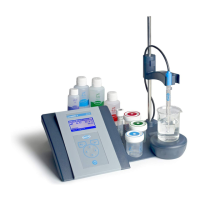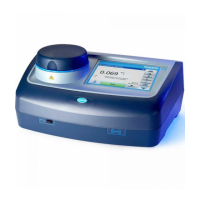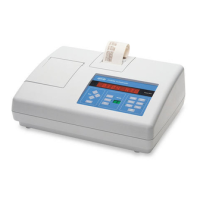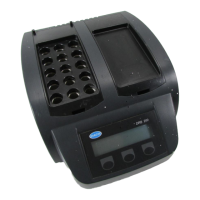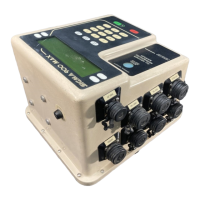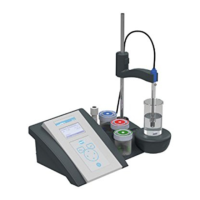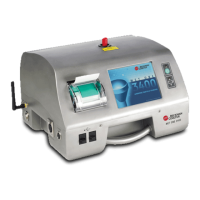Section 9 Troubleshooting
Keep the probe clean and in the recommended storage solution when not in use for the best
accuracy, stabilization time and life of the probe.
Problem Possible cause Solution
Decreased probe performance
causes slow stabilization and
prevents accurate calibrations or
measurements.
The glass sensor is dirty. Clean and condition the probe.
Refer to Clean the probe
on page 11.
The filling solution has
contamination.
Replace the filling solution.
Refer to Replace the filling
solution on page 13.
The probe is not conditioned to
the sample sufficiently.
Condition the probe. Refer to
Preparation for use on page 5.
The glass sensor has become
dry.
Soak the probe tip in buffer
solutions. Refer to Soak
procedure for dry probes
on page 13.
The calibration slope of the
probe has changed.
Increase the accepted slope
limit settings if possible, or
contact technical support.
Sample properties cause slow
stabilization or inaccurate
measurements.
The sample absorbs carbon
dioxide (CO
2
) from the air,
which causes the pH value to
slowly decrease in low ionic
strength (LIS) or high purity
samples.
Use the LIS chamber for
LIS/high purity samples to
prevent CO
2
absorption.
The sample temperature is
low, or there is a large
temperature difference
between samples.
Increase the sample
temperature or adjust the
temperature of different
samples to be the same
(within 2 °C (3.6 °F)).
Procedure problem causes slow
stabilization and prevents
accurate calibrations or
measurements.
The filling hole is closed. Open the filling hole during
use.
Air bubbles are around or
below the probe tip.
Carefully tap or shake the
probe to remove air bubbles.
The stir speed is too slow or
too fast.
Try a different stir speed.
An incorrect buffer solution
was used or the buffer solution
has contamination.
Use the specified buffer
solutions of good quality.
The protective tape was not
removed from the filling hole.
Remove the tape from the
filling hole. Refer to
Preparation for use on page 5.
14 English
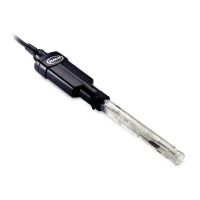
